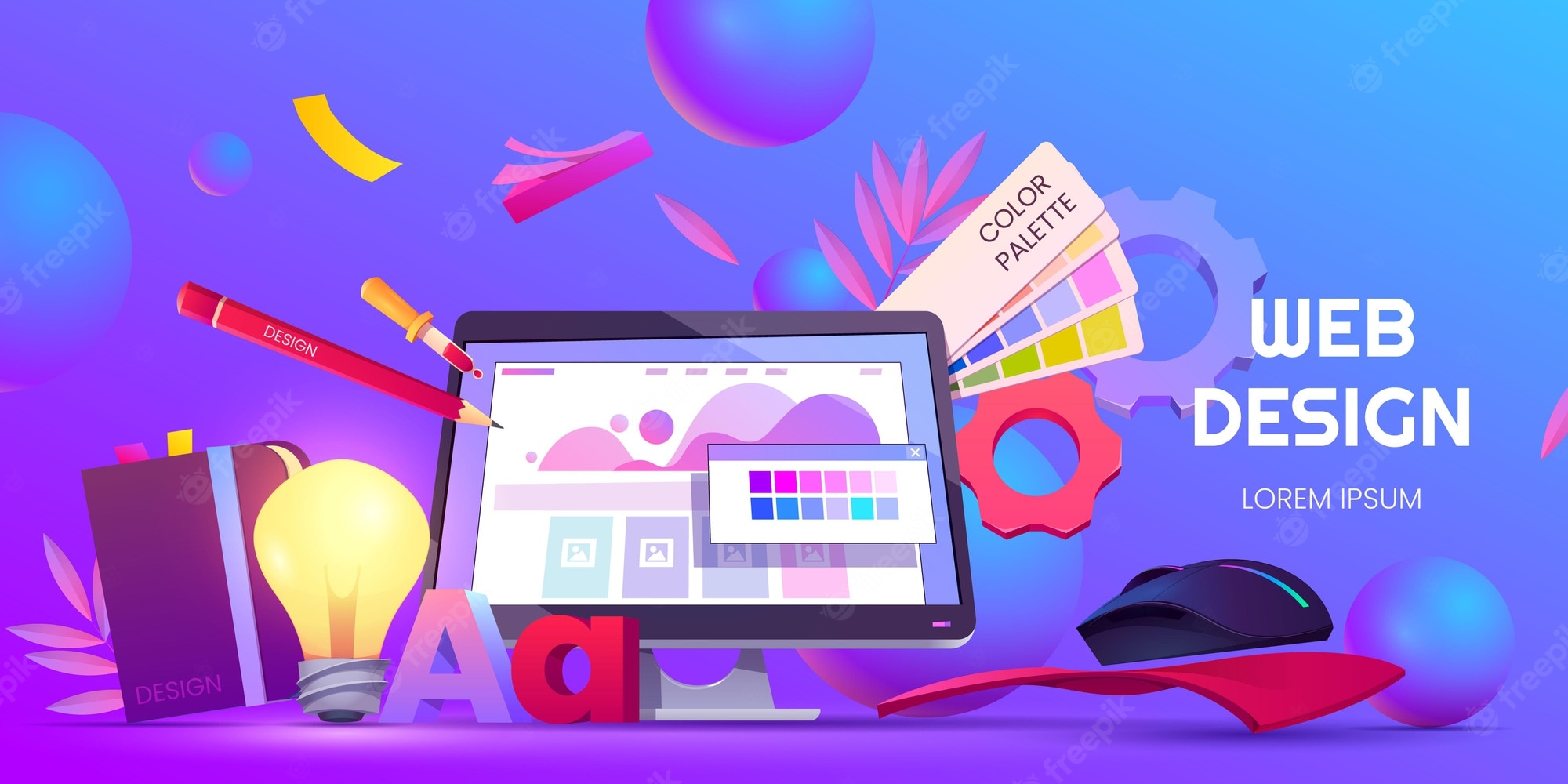The Ideal Kinds Of Website Design to Boost User Experience and Engagement
In the ever-evolving landscape of digital interaction, the effectiveness of Web layout dramatically affects individual experience and interaction. Various style approaches, such as minimalist, receptive, and interactive formats, each offer distinct advantages that can provide to varied customer requirements.
Minimalist Website Design
As electronic landscapes become progressively messy, minimal website design has actually emerged as a powerful strategy to boosting customer experience. This design philosophy prioritizes simplicity, focusing on necessary components while getting rid of unnecessary diversions. By using adequate white space, simple navigation, and a minimal color combination, minimalist design cultivates clarity and guides customer focus to essential web content.
The core concept of minimal Web layout is to produce a smooth interaction for individuals. By lowering cognitive lots, users can quickly realize information without feeling overwhelmed. This direct strategy not only boosts use but additionally urges involvement, as site visitors are most likely to discover a website that is easy and aesthetically attractive to browse.
Additionally, minimal design typically stresses typography and imagery, using these aspects tactically to share messages efficiently. This concentrate on vital components can improve brand name identity and produce a remarkable customer experience. In significance, minimalist Web layout is not simply a trend; it is a thoughtful method that acknowledges the relevance of user-centered layout. By stripping away supplementary elements, designers can produce a much more appealing, effective, and pleasurable Web experience for all customers.
Responsive Website Design
In today's varied electronic environment, receptive Web design has actually come to be essential for creating a seamless individual experience across a wide variety of tools. As users accessibility web sites on mobile phones, laptops, desktops, and tablets, the ability of a web site to adjust its layout and content to various display sizes and resolutions is essential.
Responsive Web style uses flexible grids, photos, and CSS media questions to make sure that Web material is offered efficiently, no matter of the gadget used. This method not just improves the visual appeal of a site yet likewise substantially improves use. Customers are more likely to involve with a site that supplies a constant experience, as it removes the aggravation of having to zoom in or scroll excessively.
By embracing responsive design, services can improve their exposure and get to a more comprehensive audience. In summary, responsive Web style is a fundamental method that boosts individual experience, involvement, and general contentment.
Interactive Web Style
Responsive website design lays the groundwork for boosting user experience, however interactive website design takes this an action even more by involving customers in a more dynamic way - Aligned Position Web Design. By incorporating elements such as animations, clickable prototypes, and real-time responses, interactive website design captivates users, attracting them into a richer browsing experience
This technique not only fosters interaction yet additionally encourages individuals to discover material proactively instead of passively consuming it. Strategies such as gamification, where users make rewards for finishing tasks, can considerably boost the time invested in a site and boost total fulfillment. In addition, interactive functions can simplify complex details, making it a lot more absorbable and enjoyable.

Incorporating interactive style elements can likewise result in higher conversion rates, as customers are a lot more likely to involve with a website that actively includes them. Aligned Position Web Design. Ultimately, interactive website design changes individual experiences into memorable trips, guaranteeing that site visitors return time and again
Apartment Design
Defined by its minimalistic approach, level style emphasizes simplicity and capability, stripping away unneeded aspects and concentrating on vital attributes. This style viewpoint prioritizes usability, making sure that individuals can browse interfaces with ease and efficiency. By using a tidy visual, flat design eliminates the clutter typically found in much more ornate designs, thus improving individual concentrate on content and functionality.
The hallmark of flat style depends on its use bold shades, easy typography, and geometric shapes. These components add to a visually attractive interface that is both modern and approachable. In addition, flat design fosters a sense of clarity, permitting users to recognize essential activities and information without distraction.
Moreover, flat layout is particularly reliable in receptive Web style, as its simpleness translates well across numerous gadgets and screen sizes. review By concentrating on crucial attributes, flat design not only meets customer needs however likewise motivates seamless communication, making it a vital component of efficient Web layout strategies.
Adaptive Website Design
Adaptive Web layout personalizes the individual experience by creating several fixed layouts tailored to different screen sizes and gadgets. Unlike receptive design, which fluidly adjusts a single format, adaptive design utilizes unique layouts for details breakpoints, guaranteeing optimum presentation on various platforms. This strategy allows designers to concentrate on the one-of-a-kind attributes of each device, boosting functionality by delivering precisely what individuals need based upon their context.
One of the main benefits of adaptive website design is its ability to optimize lots times and efficiency. By offering customized content and pictures that fit the customer's device, internet sites can lessen information use and enhance loading speeds. This is specifically beneficial for customers with slower links or limited information plans.

Additionally, flexible design facilitates a much more consistent and controlled branding experience. Because developers produce several layouts, they can make certain that the visual elements line up with the brand name's identity across different platforms - Aligned Position Web Design. This leads to a cohesive user experience, improving interaction and promoting user retention
Final Thought
In verdict, the integration of minimalist, receptive, and interactive website design concepts dramatically boosts user experience and engagement. Minimalist design cultivates clarity and focus, while responsive design makes sure adaptability throughout numerous description tools, promoting access. Interactive style captivates users through vibrant components, encouraging exploration and customization. Collectively, these design approaches add to the creation of easy to use environments that not just enhance fulfillment yet also drive greater Website conversion rates, underscoring their important significance in modern website design methods.

Minimalist layout fosters clearness and emphasis, while receptive design guarantees adaptability across numerous tools, promoting access. Jointly, these design approaches add to the development of straightforward environments that not just boost contentment but likewise drive higher conversion prices, underscoring their crucial significance in modern Web layout strategies.